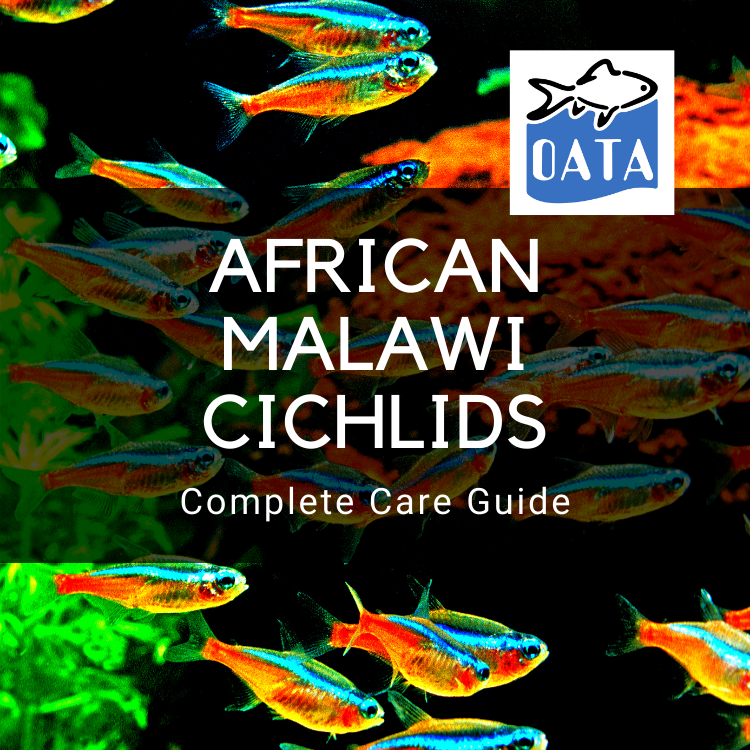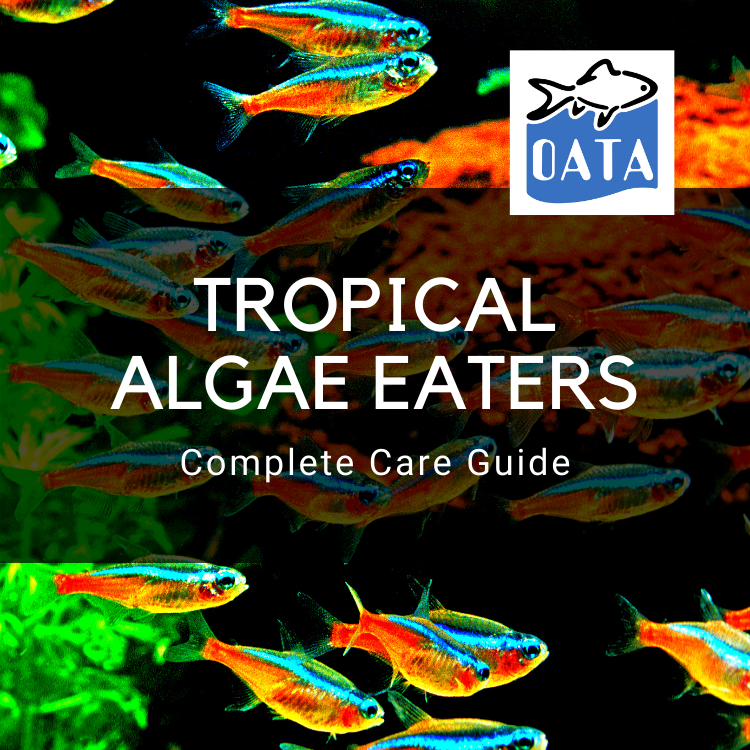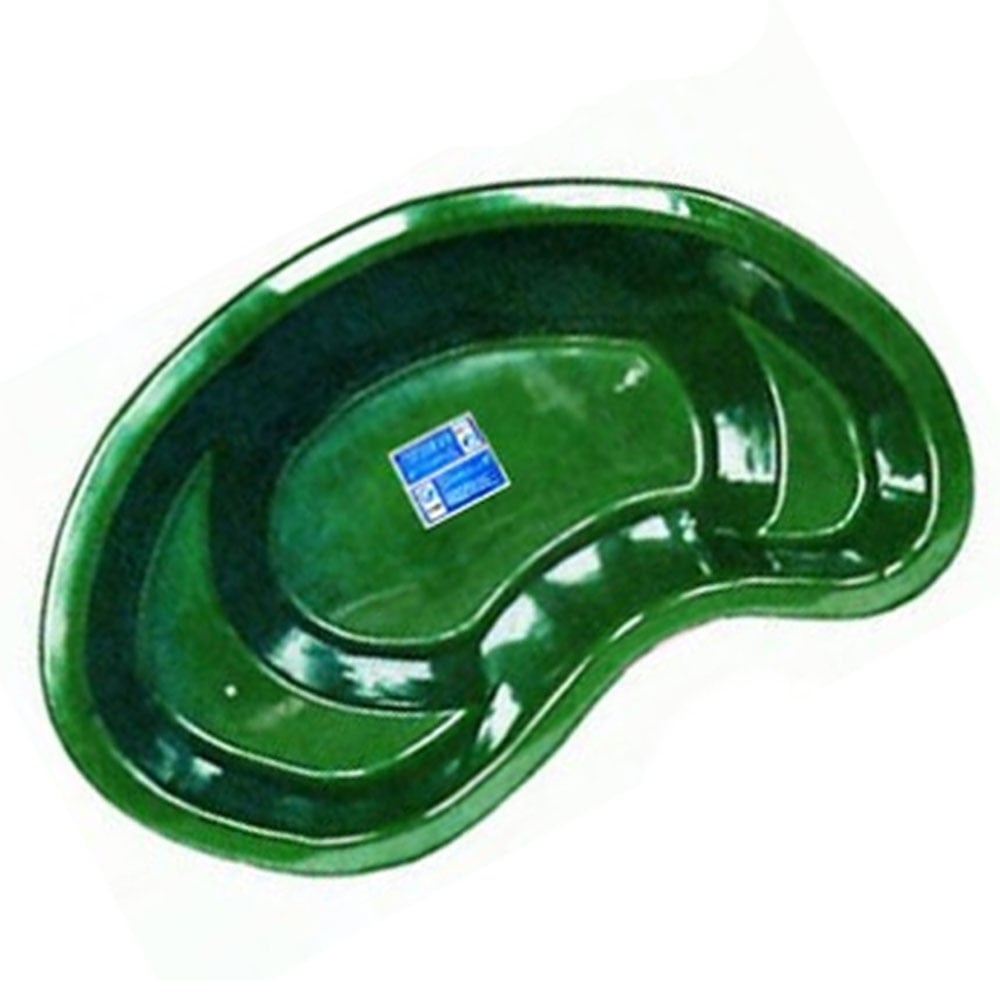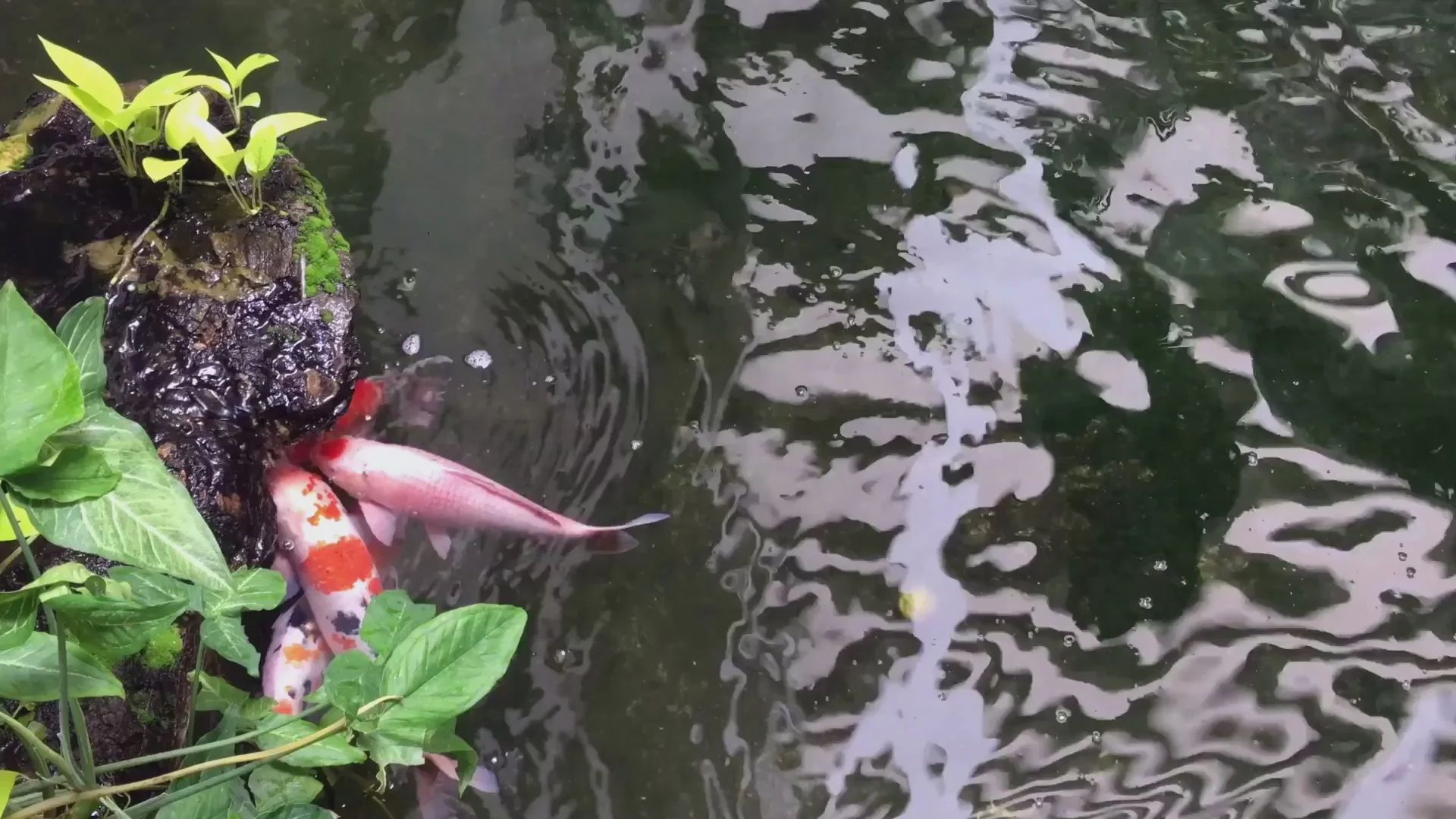Next working day delivery with Royal Mail Tracked 24
News and Blogs

OATA Care Guide: Rare & Unusual Species
OATA produce a good range of free care sheets for coldwater, tropical freshwater and marine fish as well as for invertebrates, aquatic reptiles and plants. If you would like to keep a more unusual species in your freshwater tank, then the following three species could be an option. They are the freshwater river stingrays, knifefish and elephant noses.
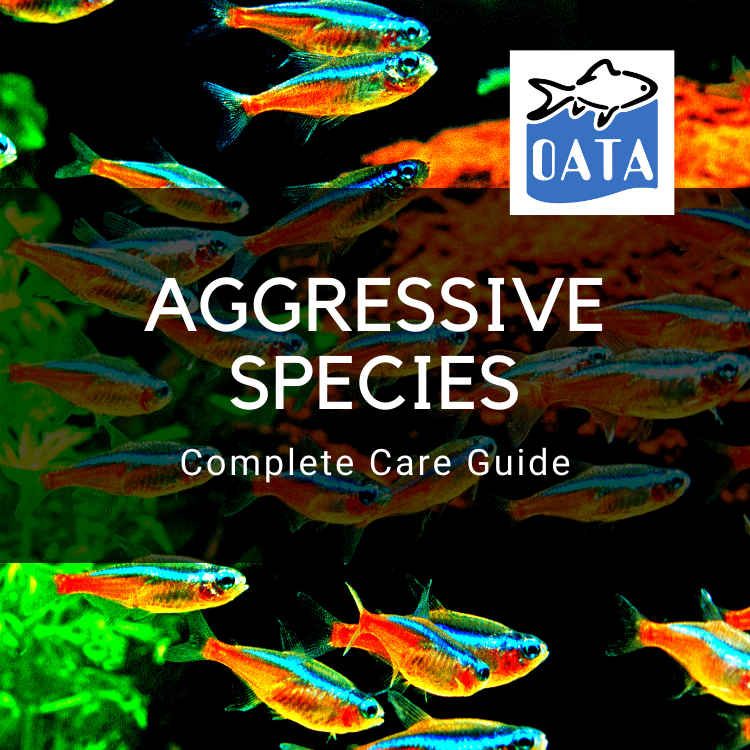
OATA Care Guide: Aggressive Fish Species
OATA produce a good range of free care sheets for coldwater, tropical freshwater and marine fish as well as for invertebrates, aquatic reptiles and plants. This group of fish includes the piranhas, snakeheads, wolf fish and other predatory fish. They originate from many parts of the world including Africa and the Americas.

OATA Care Guide: Killifish
OATA produce a good range of free care sheets for coldwater, tropical freshwater and marine fish as well as for invertebrates, aquatic reptiles and plants. Killifish, or ‘killies’, are a diverse group of generally small, colourful fish. Their name is believed to be derived from the Dutch for ‘pool’ or ‘puddle’.
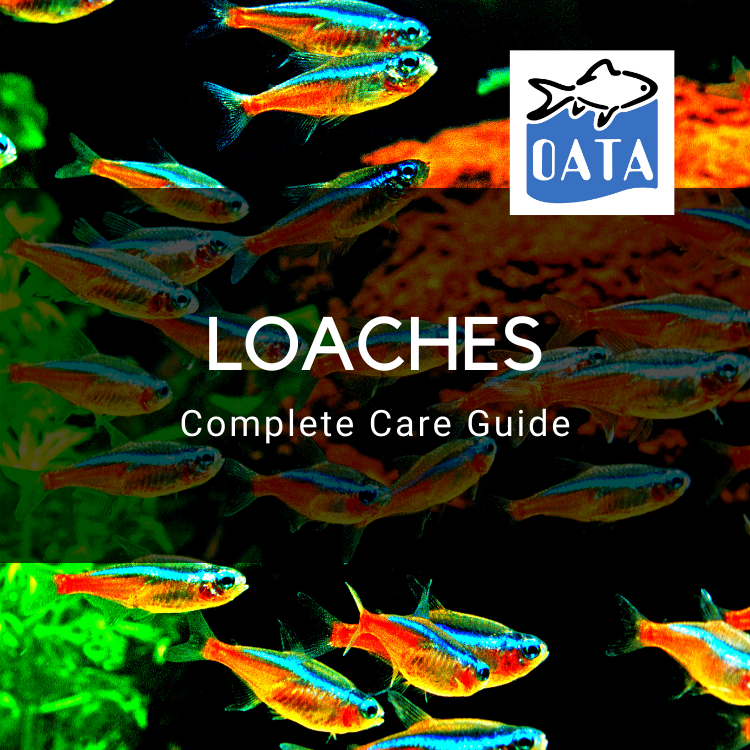
OATA Care Guide: Loaches
OATA produce a good range of free care sheets for coldwater, tropical freshwater and marine fish as well as for invertebrates, aquatic reptiles and plants. This diverse group of fish all belong to the Cobitidae family. Despite being closely related, this family includes the large clown loach, to the eel-shaped kuhli loach.
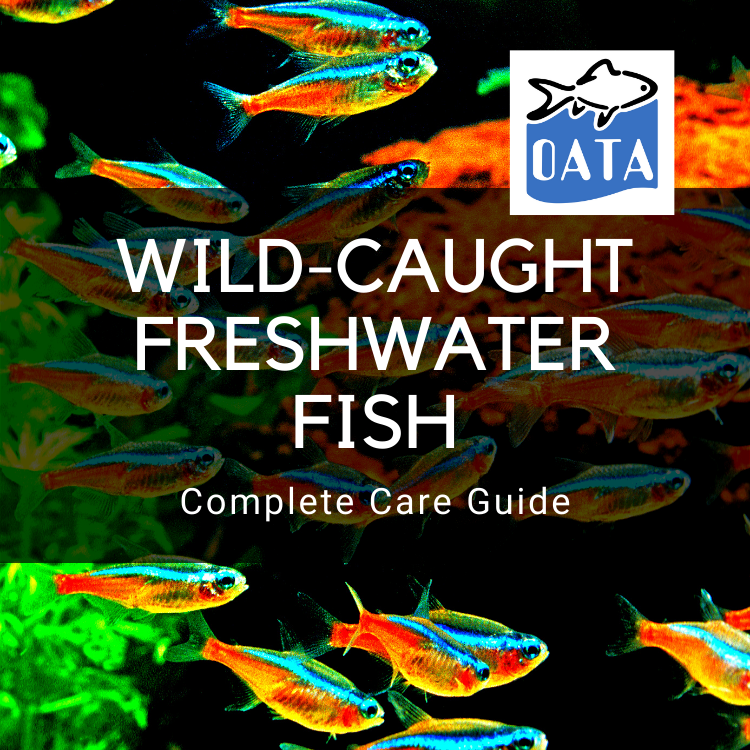
OATA Care Guide: Wild-caught Freshwater Fish
OATA produce a good range of free care sheets for coldwater, tropical freshwater and marine fish as well as for invertebrates, aquatic reptiles and plants. The vast majority of fresh water fish offered in shops have been bred in captivity. Yet wild caught fish can add to the value and interest of the species available.
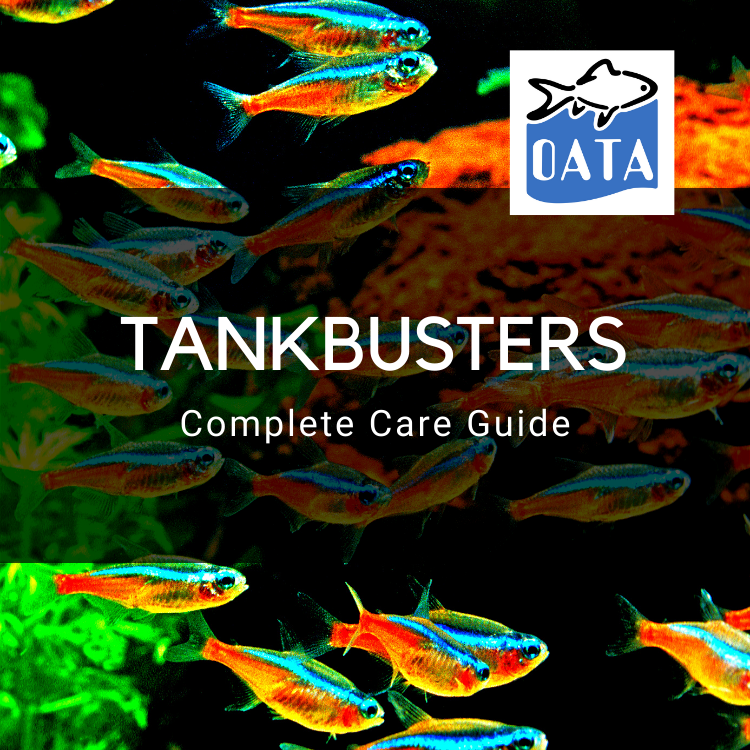
OATA Care Guide: Tankbusters (Large Fish)
OATA produce a good range of free care sheets for coldwater, tropical freshwater and marine fish as well as for invertebrates, aquatic reptiles and plants. Large fish, or tank busters, pack big personalities and can really become a member of the family. Just like any other pet animal, a large fish in the home can require a lot of commitment.

OATA Care Guide: Catfish
OATA produce a good range of free care sheets for coldwater, tropical freshwater and marine fish as well as for invertebrates, aquatic reptiles and plants. Catfish are a popular addition to a tropical set-up. They are found throughout the world’s freshwater systems and are often sourced from Asia, South America and the African lakes.
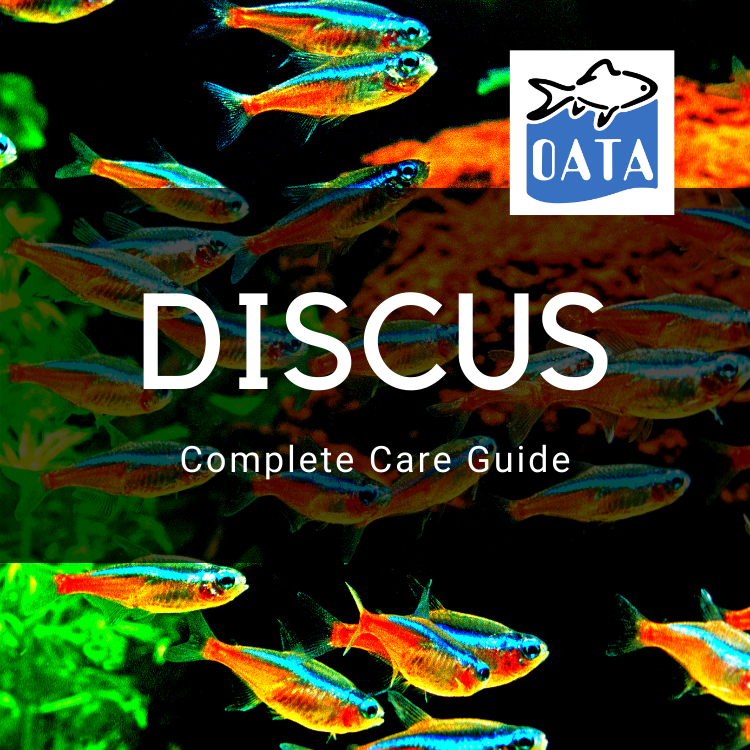
OATA Care Guide: Discus
OATA produce a good range of free care sheets for coldwater, tropical freshwater and marine fish as well as for invertebrates, aquatic reptiles and plants. Discus belong to the genus Symphysodon and are held in the highest regard among fish keepers and by some as the ultimate freshwater tropical species.

OATA Care Guide: Clownfish Damsels Chromis and Basslets
OATA produce a good range of free care sheets for coldwater, tropical freshwater and marine fish as well as for invertebrates, aquatic reptiles and plants. This group are small reef fish. The damsels, chromis and clownfish belong to the family Pomacentridae. The basslets belong to the family Grammatidae.

